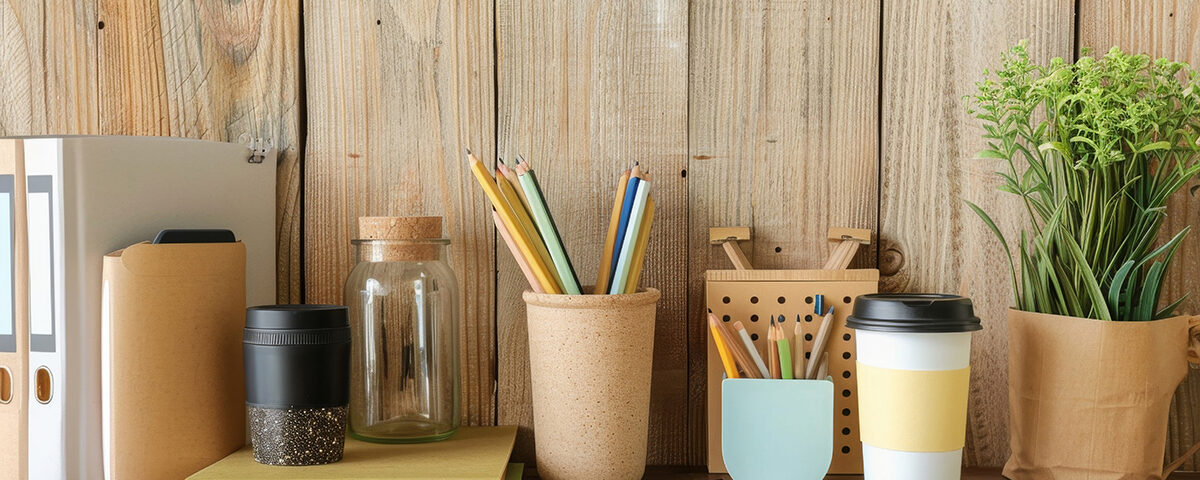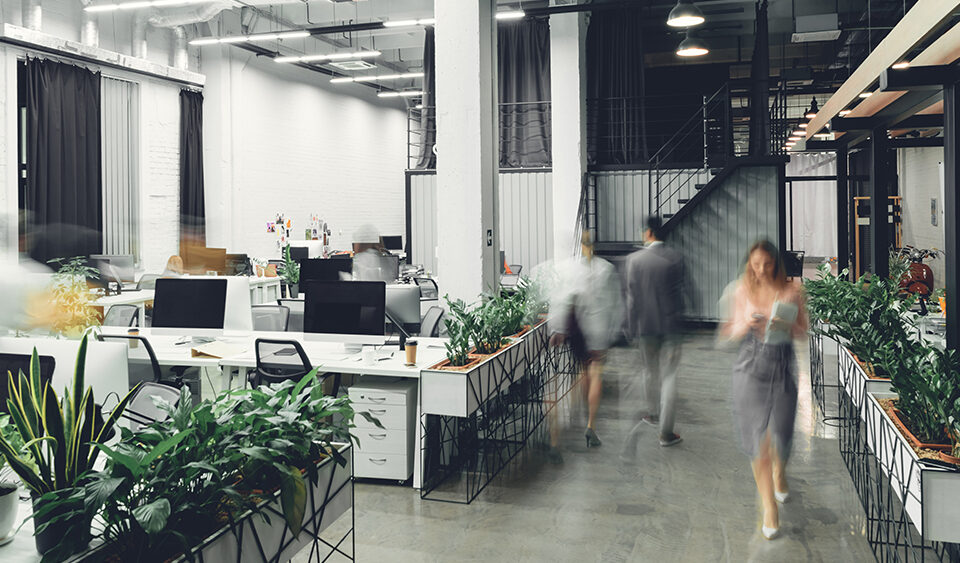Eco-Friendly Office Products: Separating Fact From Fiction

Top Tips for Staying Healthy at the Office
January 14, 2025
OSHA/ANSI Mandates & The Smart Compliance Solution
April 16, 2025More and more customers are choosing to invest their money in companies that practice sustainability in their business products, manufacturing, and operations. With such a heavy (and understandable) focus on going green these days, plenty of companies have jumped on the bandwagon, listing products as ‘eco-friendly’ or ‘green’ or ‘sustainable.’
However, just because a product is marketed as environmentally friendly does not necessarily mean it is. The deceptive practice of greenwashing is rampant, which involves the use of marketing tactics that make consumers believe a brand or product is more eco-friendly than it really is. Without knowing what to look for, it’s easy for customers to fall for unsubstantiated claims. When distinguishing between the two, remember the following:
Genuine sustainable products offer transparency and proof of their environmental impact.
Companies practicing greenwashing only offer lip service through unsubstantiated or exaggerated claims.
So, how do you tell the difference between what office products are legitimately sustainable and what aren’t? We’ve got you! In this blog, we’re going to debunk some myths around going green and offer useful tips on how to distinguish the truly eco-friendly products from the imposters.
Third-Party Certifications
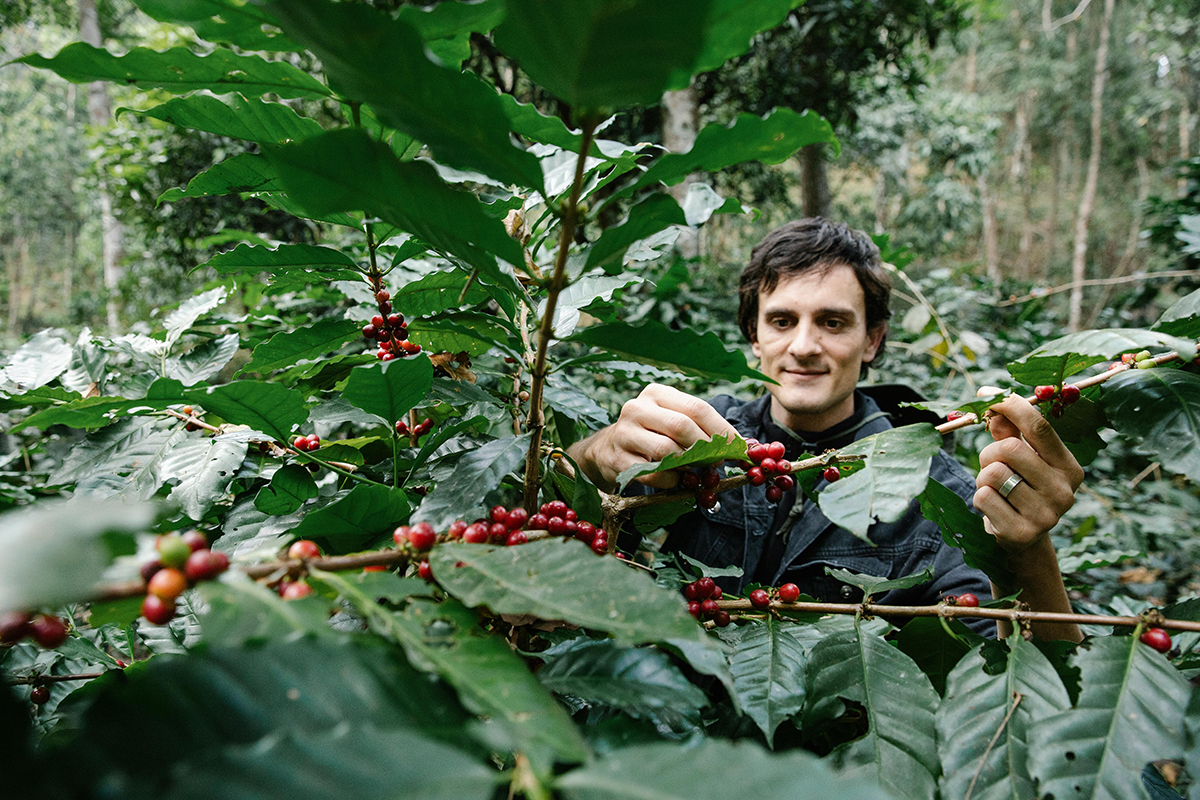
Fairtrade, LEED, EcoLogo, Sustainable Forestry Initiative (SFI), Forest Stewardship Council (FSC), Green Seal are all reputable organizations with rigorous ‘green’ certification standards. Purchasing products that pass these standards and earn certification are generally a great place to start when developing a green program for your office.
However, it doesn’t mean a product is not environmentally friendly or sustainable if it doesn’t feature certification from one of these organizations. There are lots of fantastic products out there that meet or exceed the green standards put forth by these certifications but have not spent the money to become certified (as it can be costly). To assess an item’s true carbon footprint, we recommend doing a life-cycle assessment, which considers the environmental impact of a product throughout its entire lifecycle, from raw materials to disposal. To do this, you need to consider:
- How the product is made
- What the product is made with
- How it gets to your office
A life-cycle assessment isn’t fool-proof (hence why products having legit certifications is always ideal), but it does help in at least getting you in the right mindset of paying attention to what you buy and that product’s impact on the environment.
Compostable & Biodegradable Products
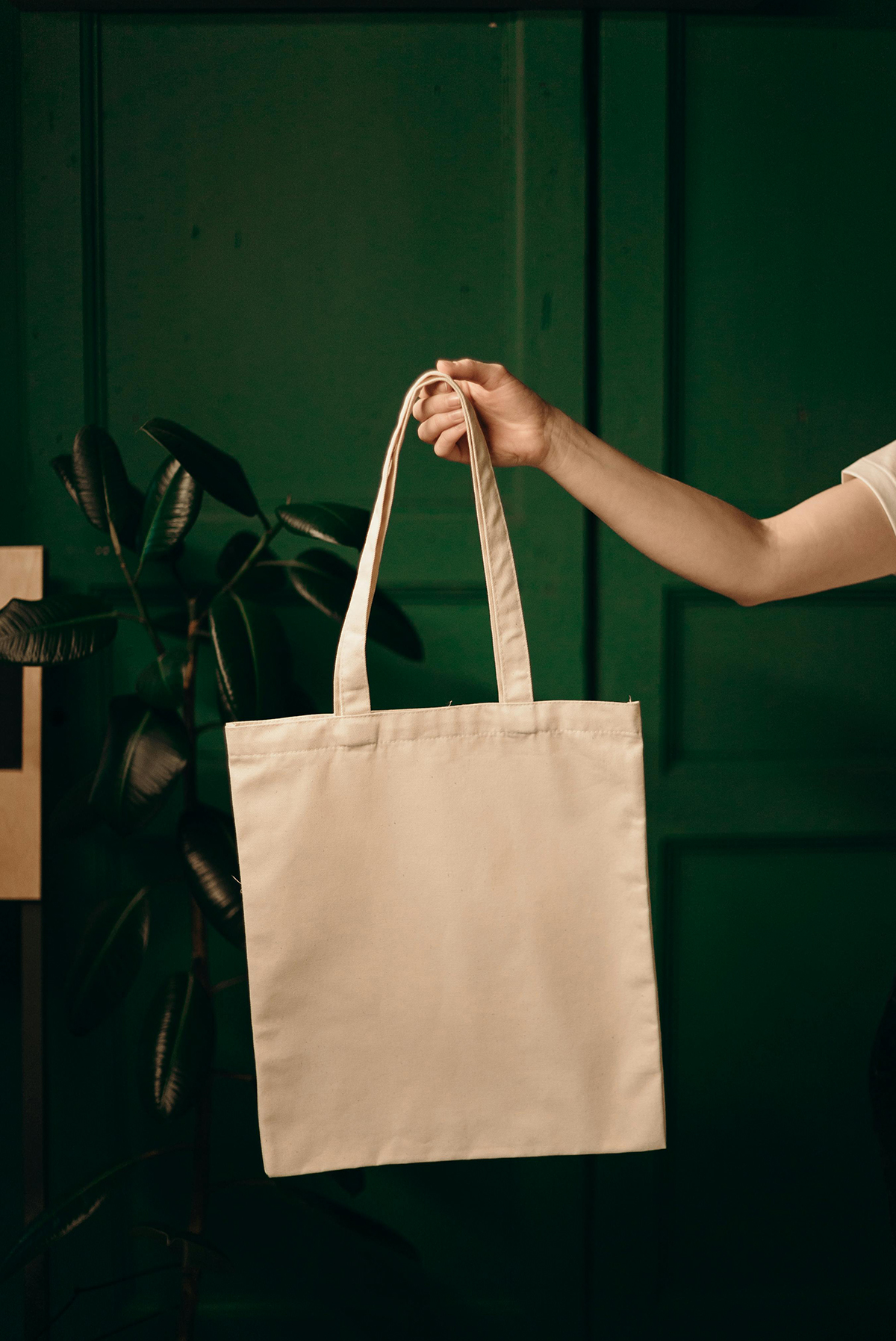
On paper, compostable and biodegradable products are an excellent idea. The execution of purchasing and disposing of them, however, can negate the value of buying these products in the first place.
The thing is, just buying compostable or biodegradable items does not mean they will end up composting or biodegrading. Both processes require oxygen to break down. When these items are put into a landfill (which is where they end up when you simply throw a compostable cup or biodegradable fork into the regular trash can), they do not receive the oxygen necessary to break down properly. As a result, they end up being no more sustainable or eco-friendly than regular trash.
If you want to invest in compostable or biodegradable items to make an actual difference, make sure your items are being disposed of properly so they don’t end up in a landfill and can break down the way they were intended to. A good first step? Make sure to have a clearly labeled and designated waste receptacle in your facility and educate your employees on what specific items can be thrown into it.
Virgin Copy Paper Vs. Recycled Copy Paper
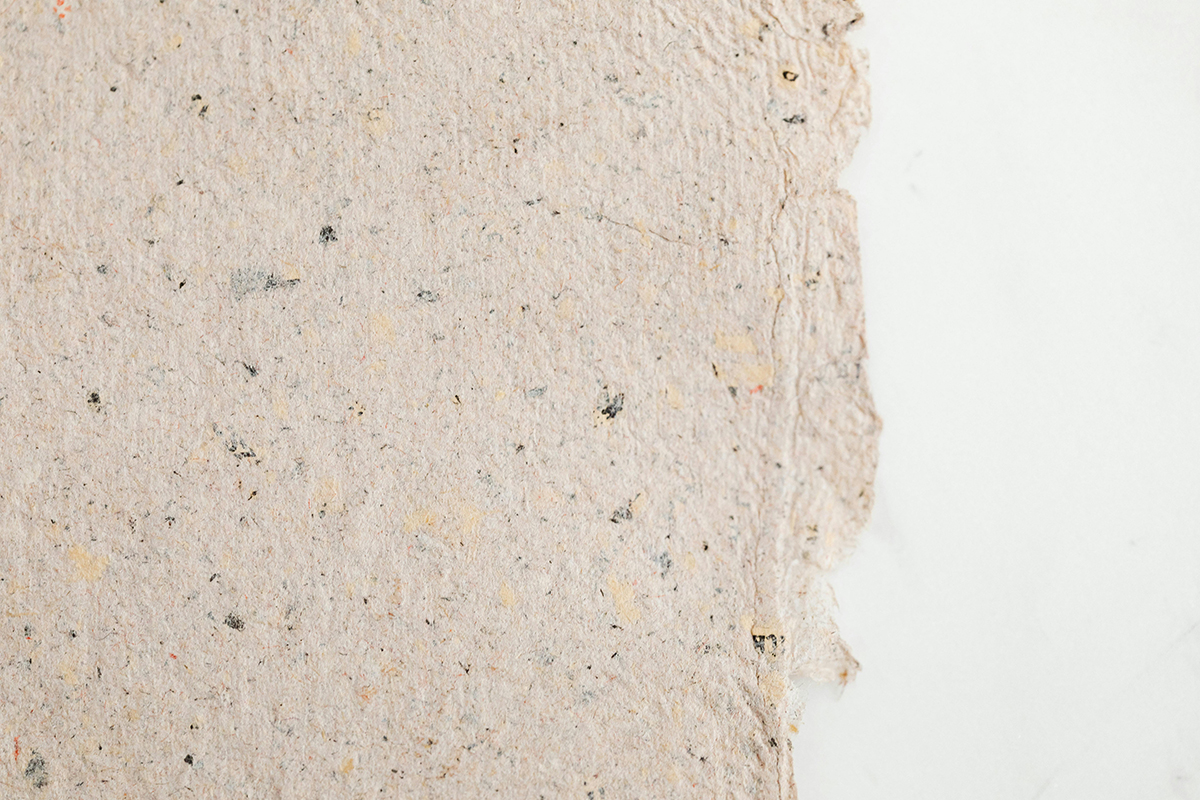
Did you know that virgin copy paper that meets the FSC and/or SFI certifications actually has a smaller carbon footprint as compared to copy paper made from recycled content? It may seem counterintuitive, but it comes down to the process of making paper.
Virgin paper is made from trees harvested according to FSC and/or SFI standards (which are aimed at protecting the environment). These trees are harvested very close to the location of the paper mill, making transportation of trees to mill minimal. The paper is then created on site from the virgin pulp.
On the other hand, recycled content copy paper requires the use of recycled paper that has to be shipped in from a far greater radius. This increases carbon emissions due to trucks and trains used for transportation. Once the paper arrives, it then must be stripped of all the ink and dyes currently in it, resulting in a lot of waste. Finally, the recycled pulp must be bleached to bring it back to white, adding in another layer of processing, which adds to the overall carbon footprint.
It’s always worthwhile to keep in mind that just because something is made from recycled content does not necessarily mean it is a greener alternative.
How to Identify Greenwashing
With all the products out there, it’s easy to be fooled by greenwashing. Here are some tips on ways to distinguish between products that are truly sustainable and those that are sustainable in name only:
- Be skeptical about vague claims such as ‘eco-friendly’ or ‘natural’ if there is no additional information to back up the claim.
- Look for third-party certifications and verification from recognized legitimate organizations in the environmental space.
- Don’t let the color fool you! The use of green colors and nature imagery is a suggestive technique to make you think a company is sustainable without proving they are.
- Check for detailed information that addresses sustainable sourcing, manufacturing processes, and environmental impact.
Going green may require another step in the process of purchasing office products, but it’s worth it at the end of the day. Implementing sustainable practices and buying eco-friendly products helps lead to a cleaner environment, a healthier lifestyle, can save you money, and creates a better future for all.
Be smart in your pursuit of sustainability with our extensive selection of eco-friendly office products.

